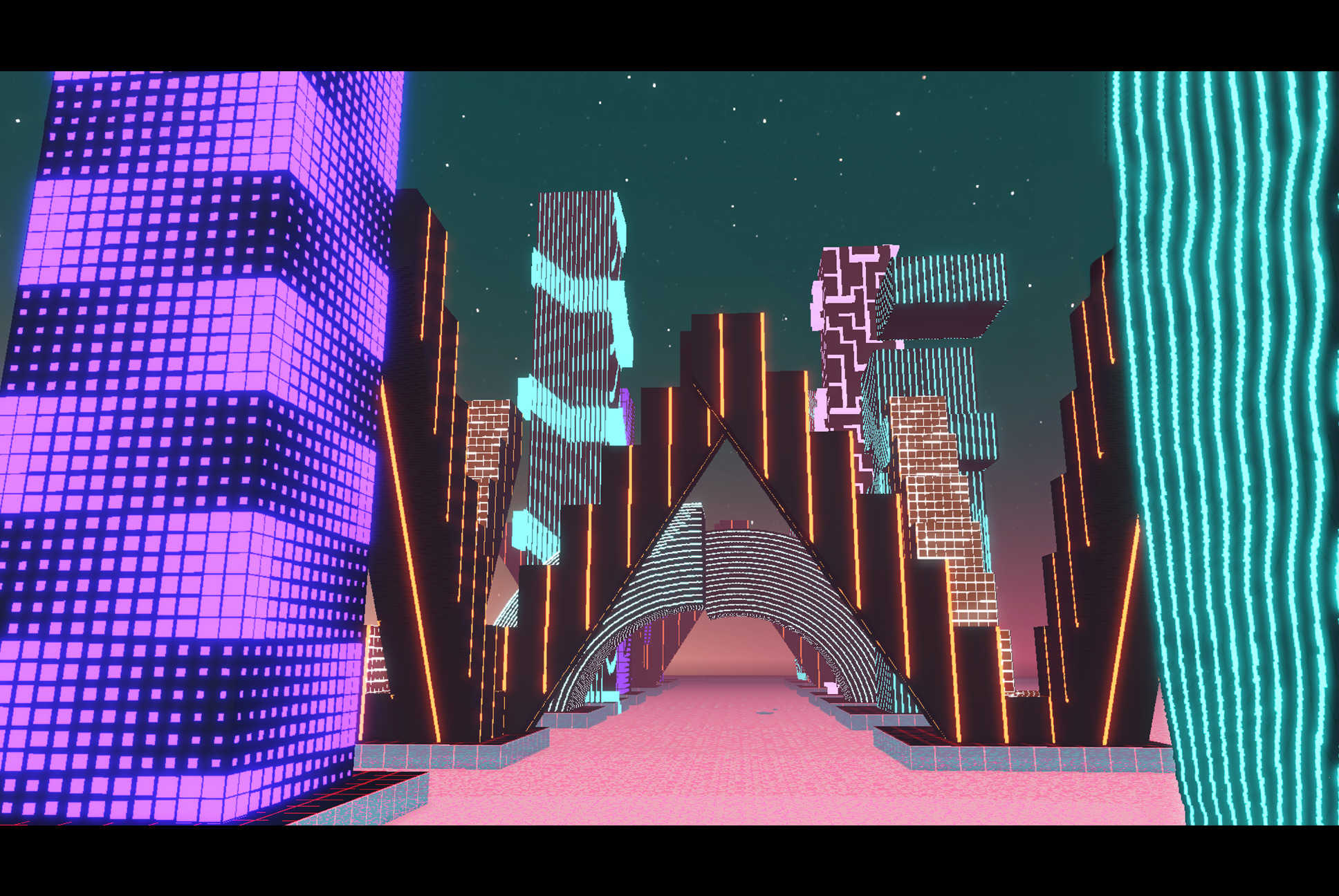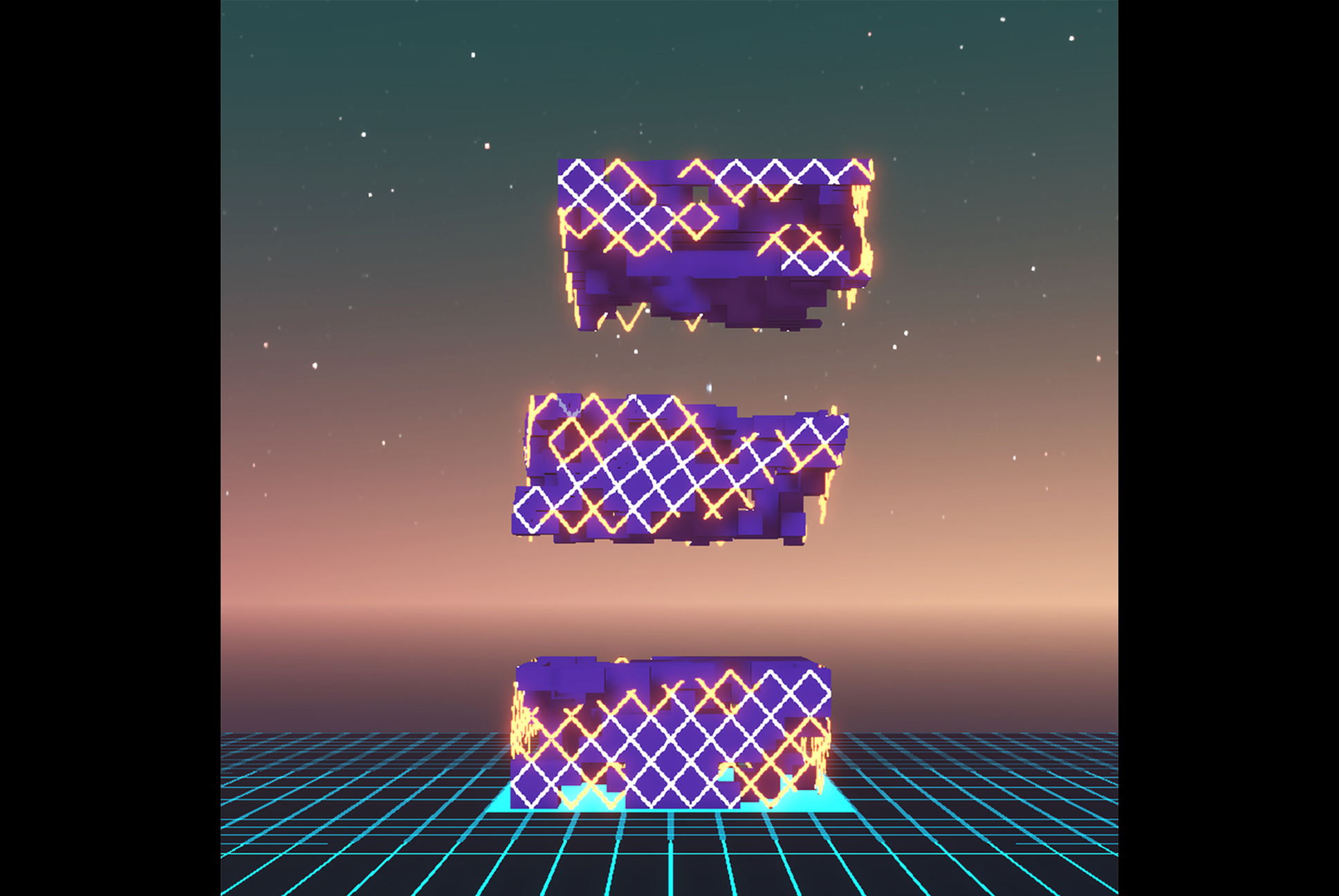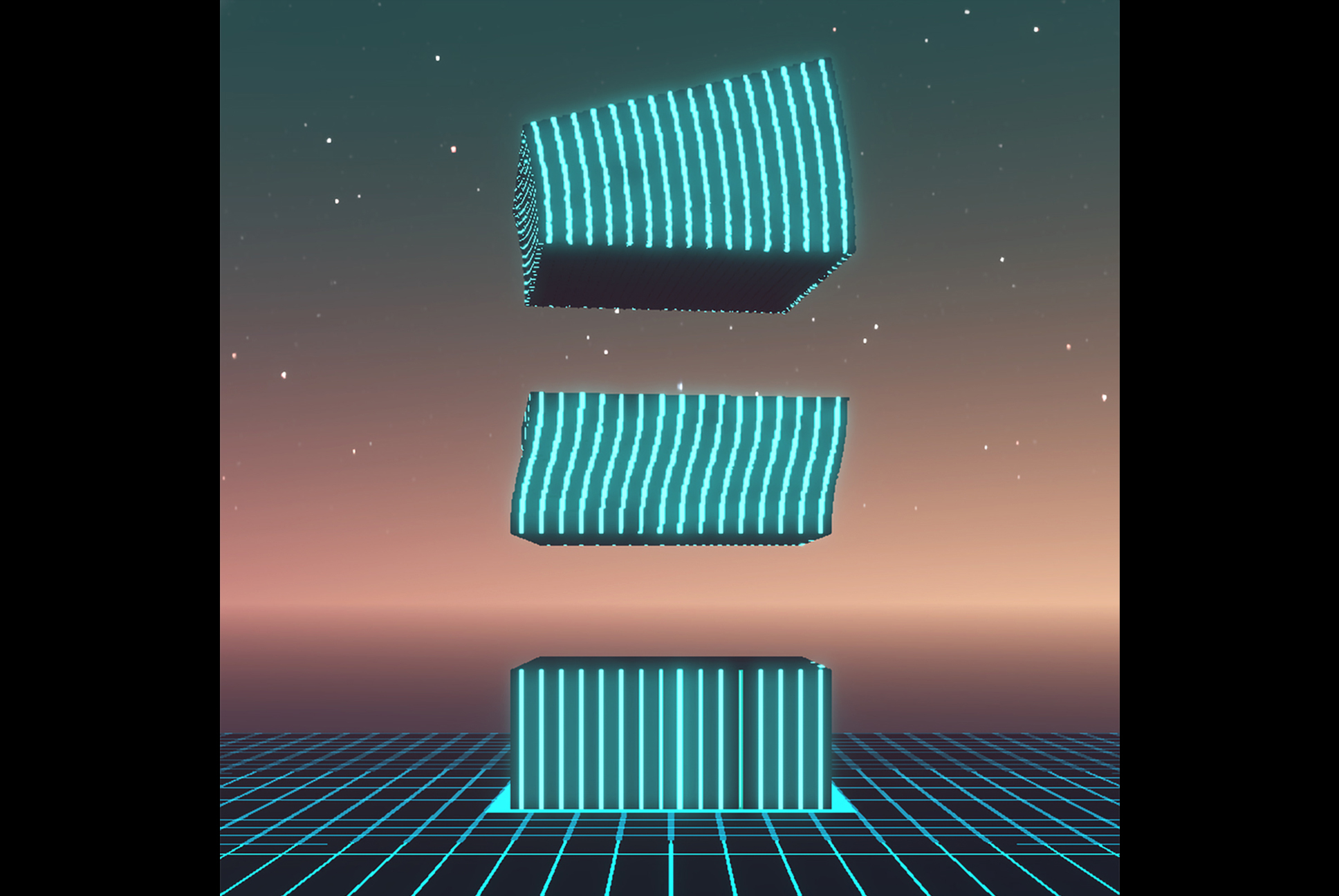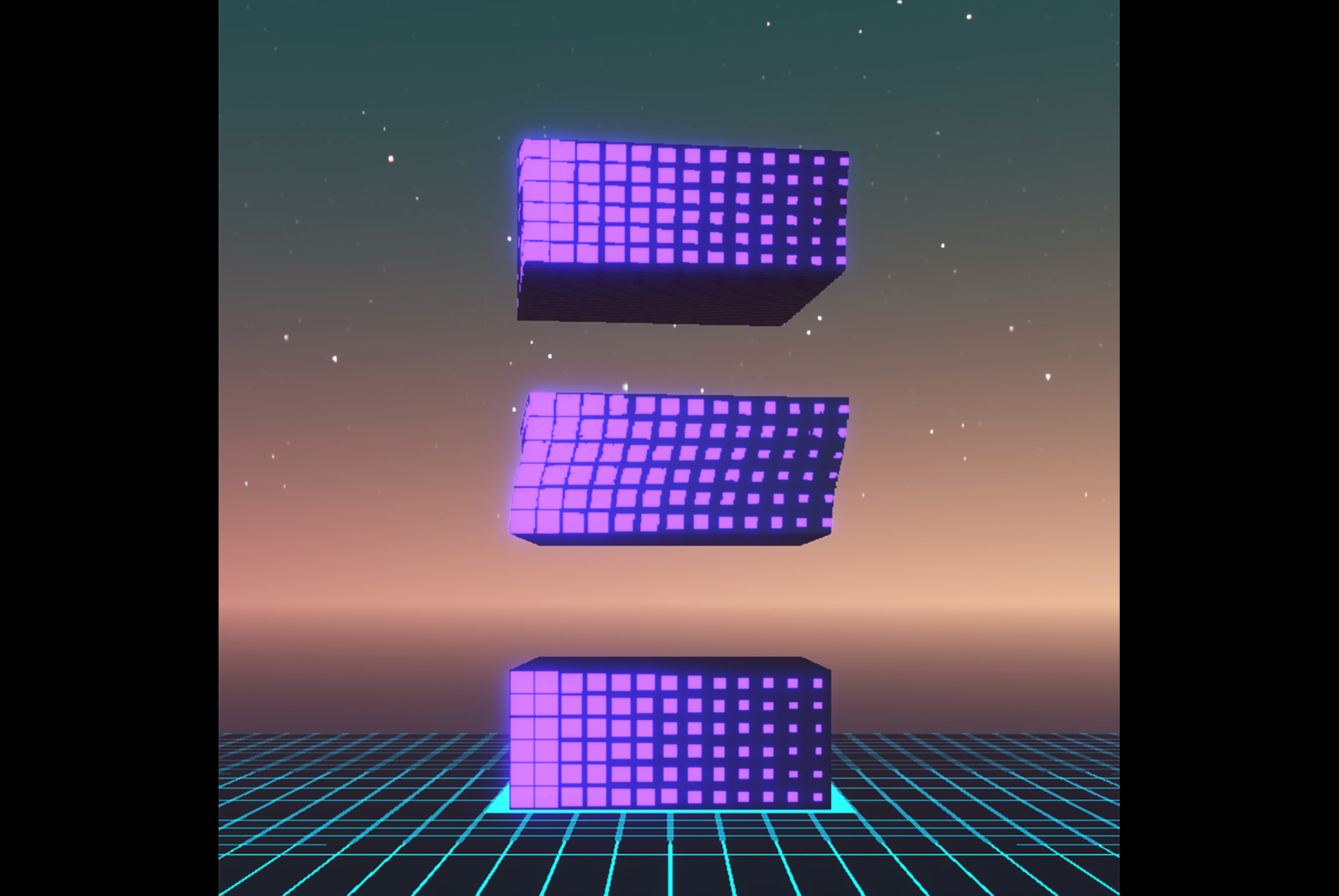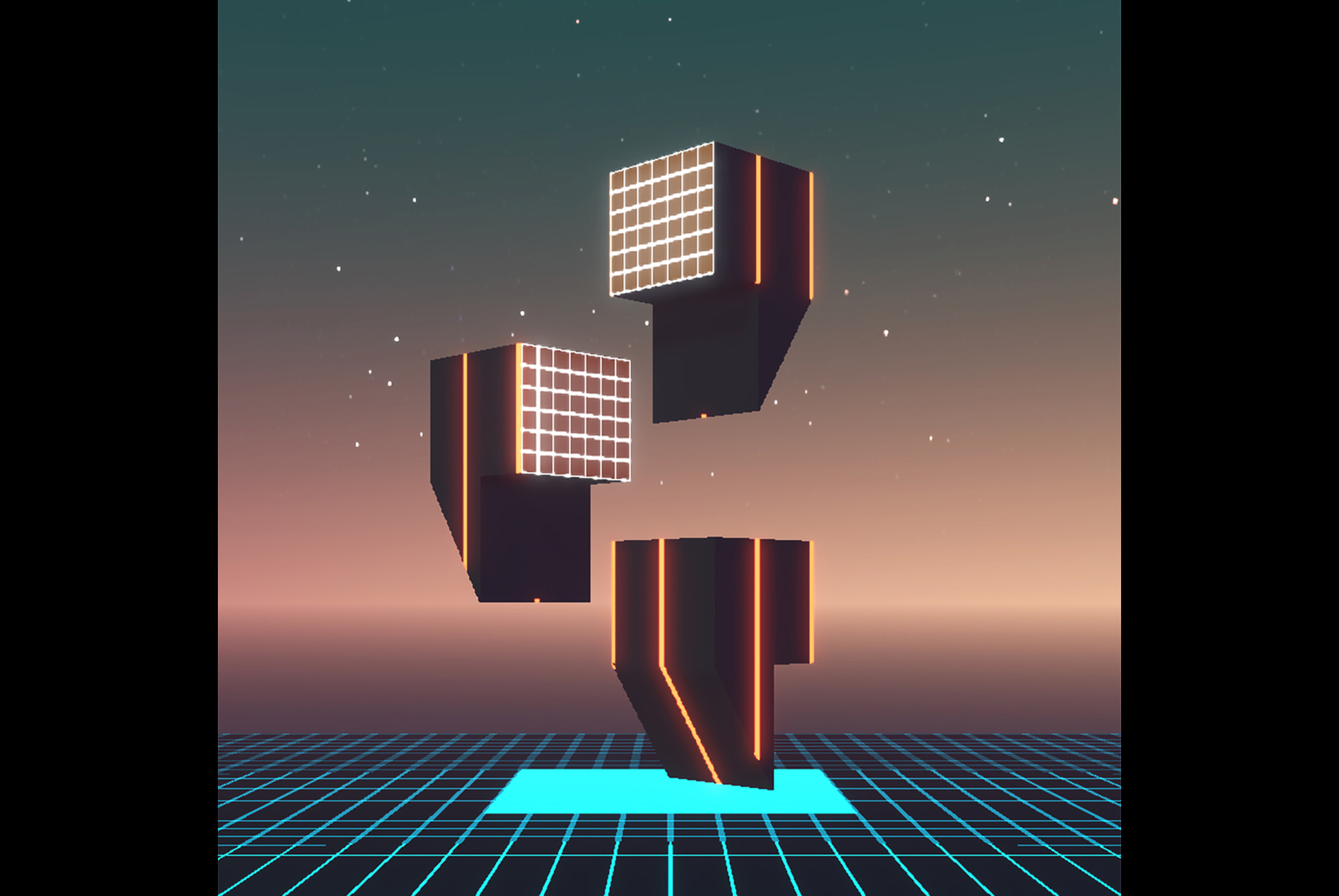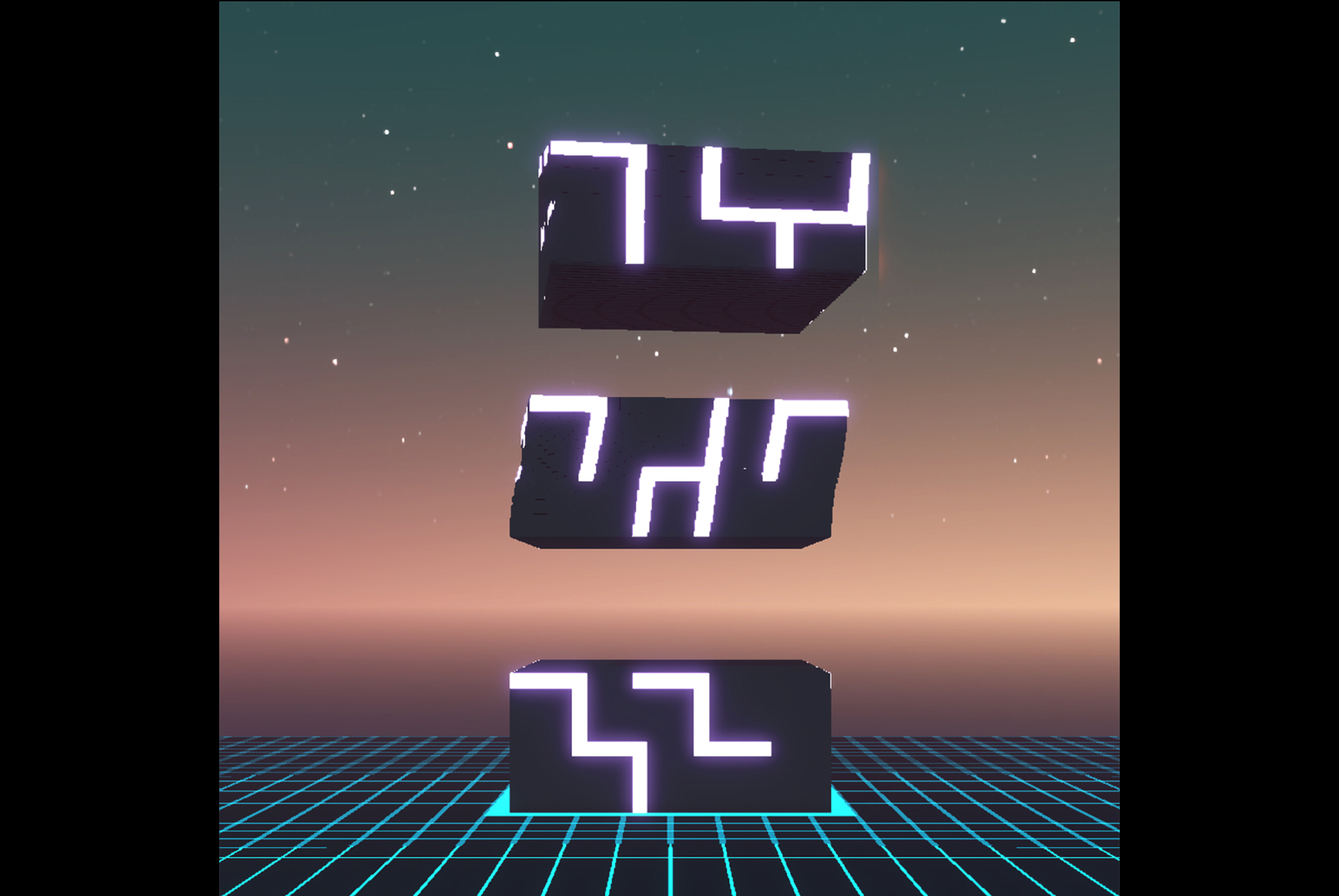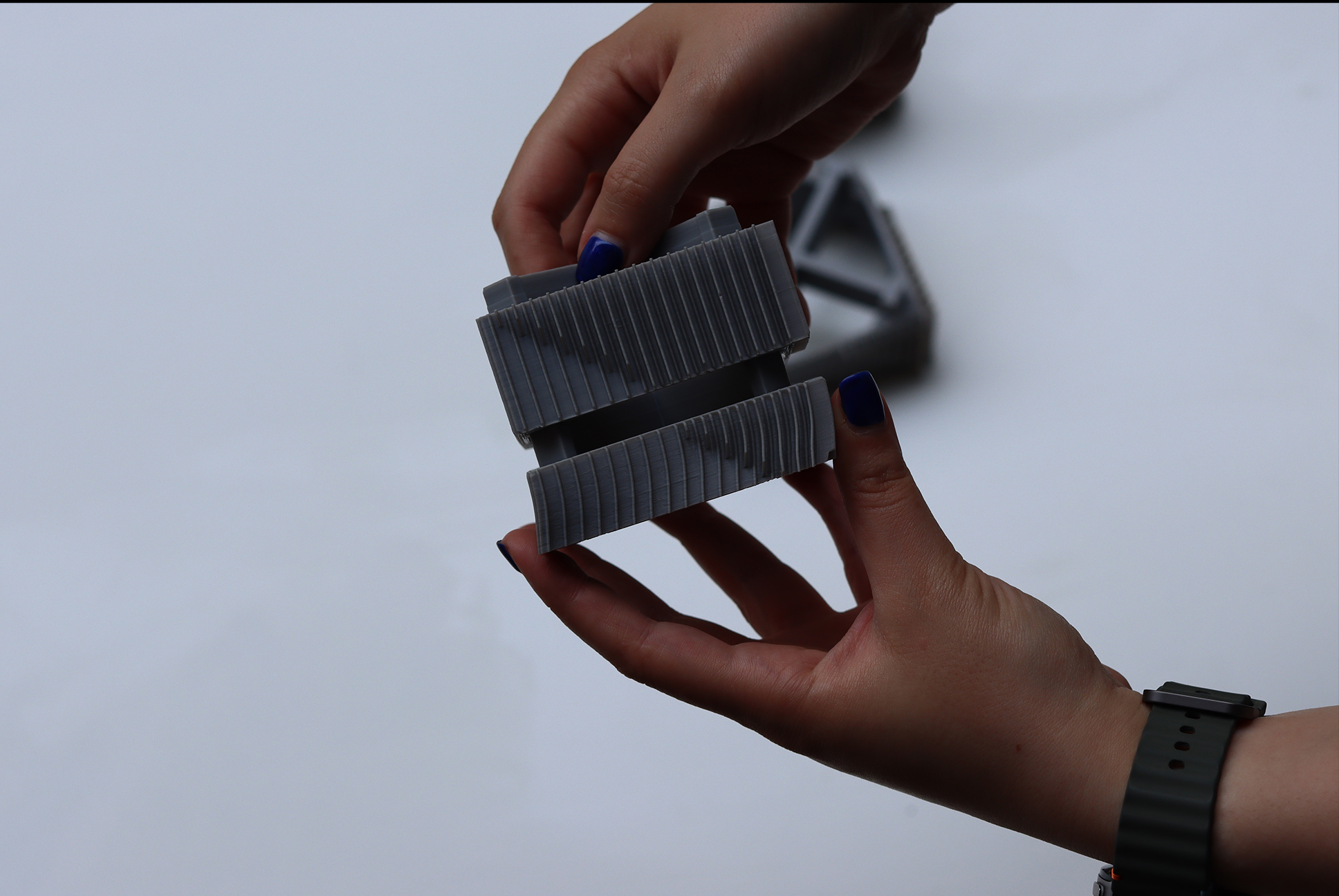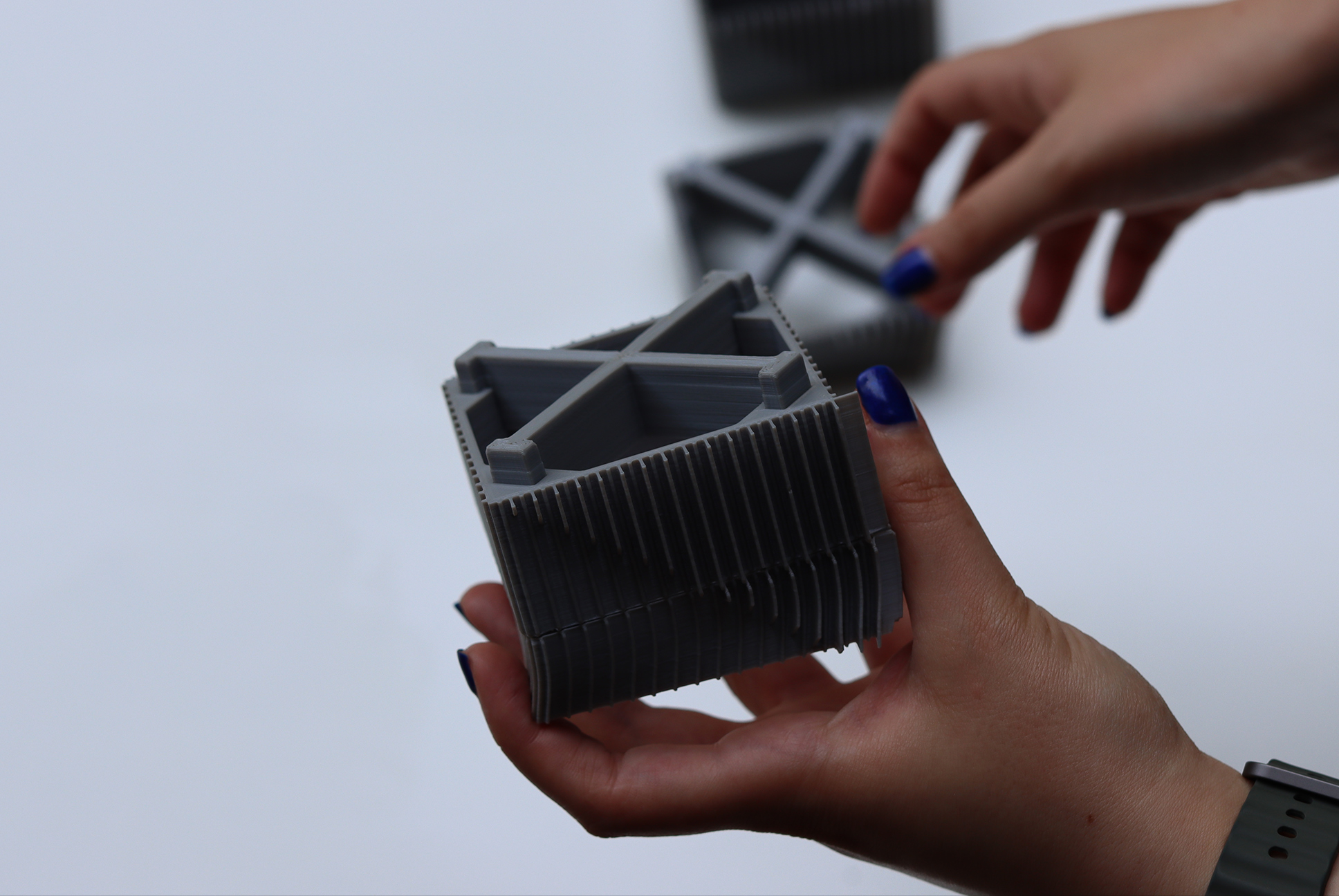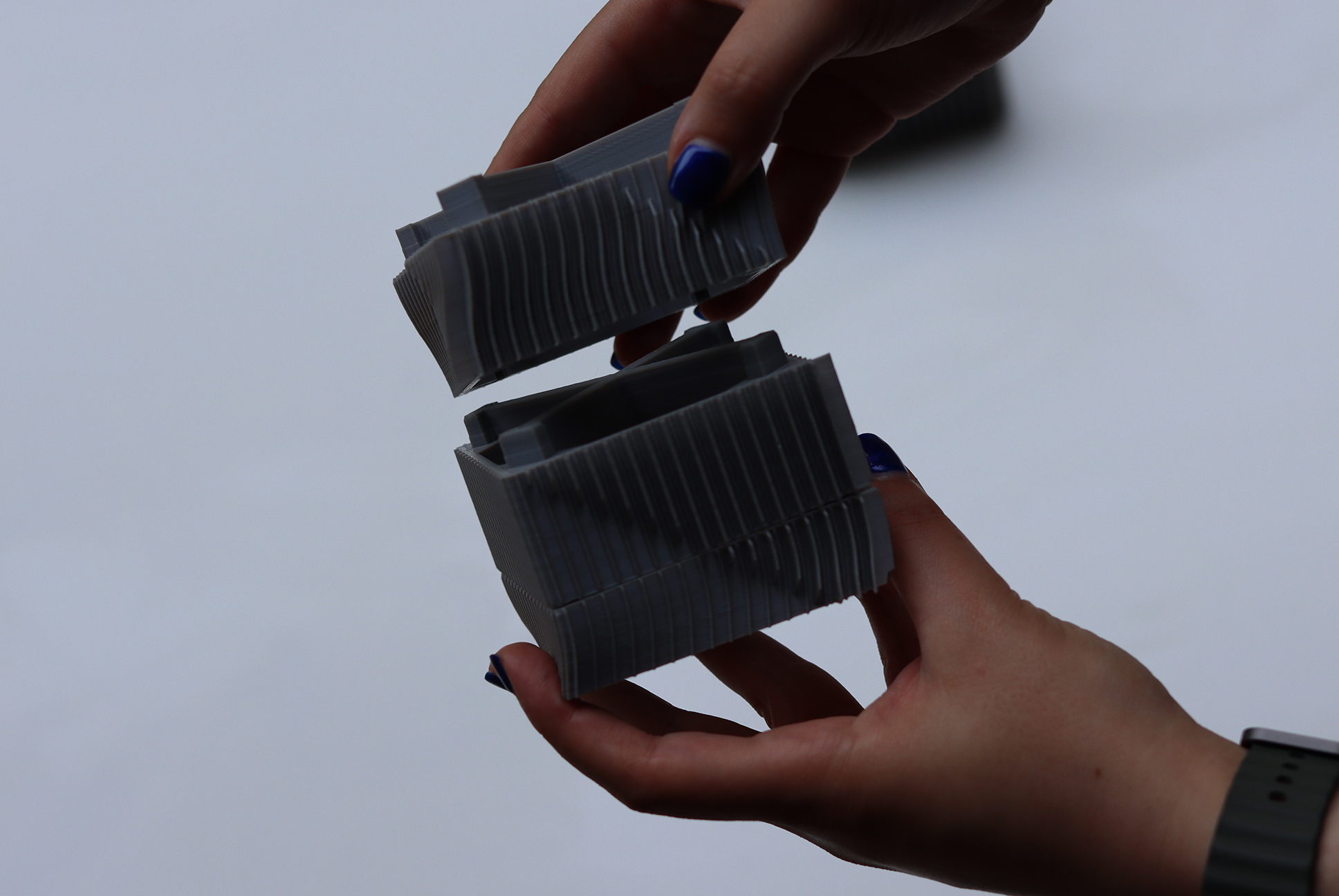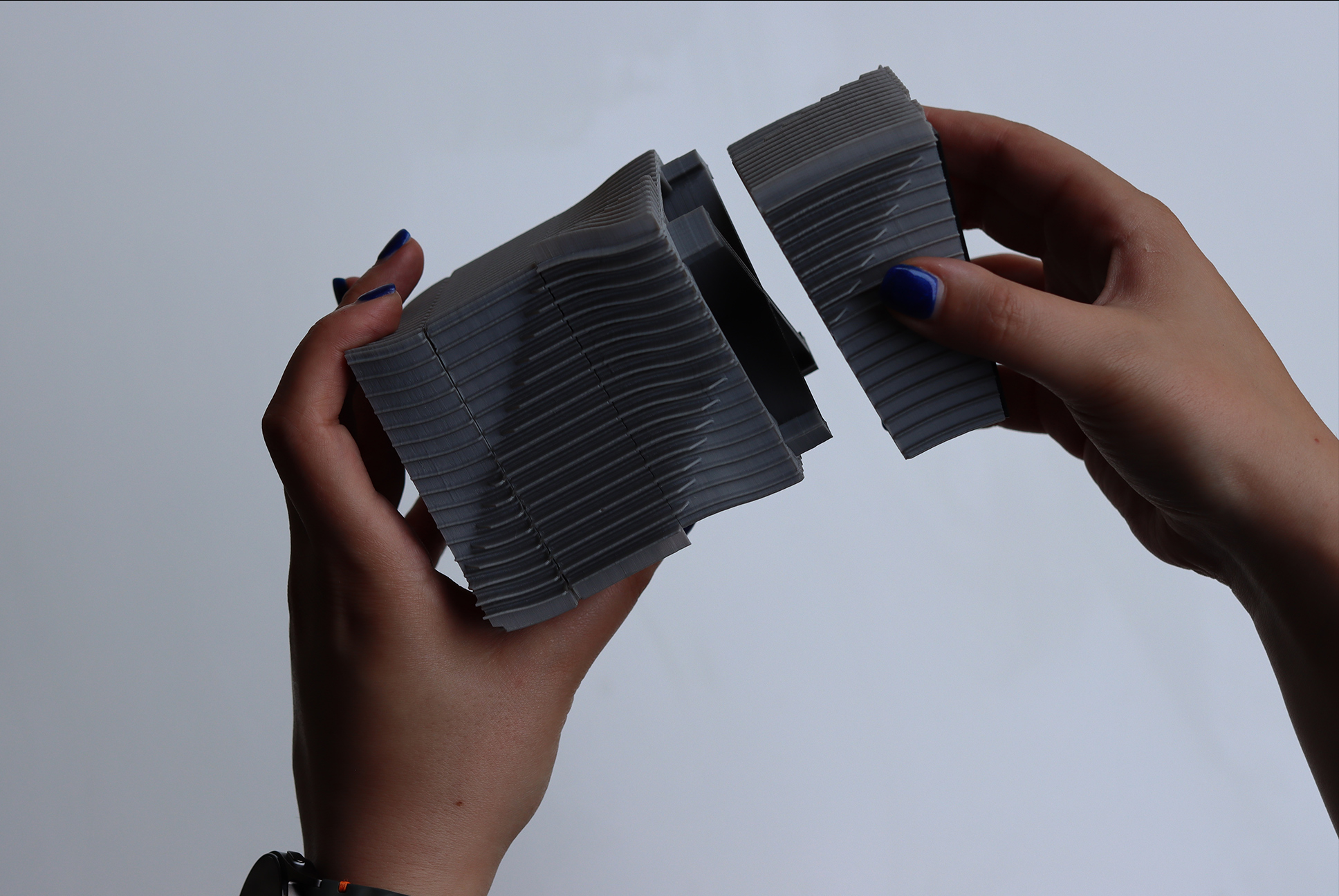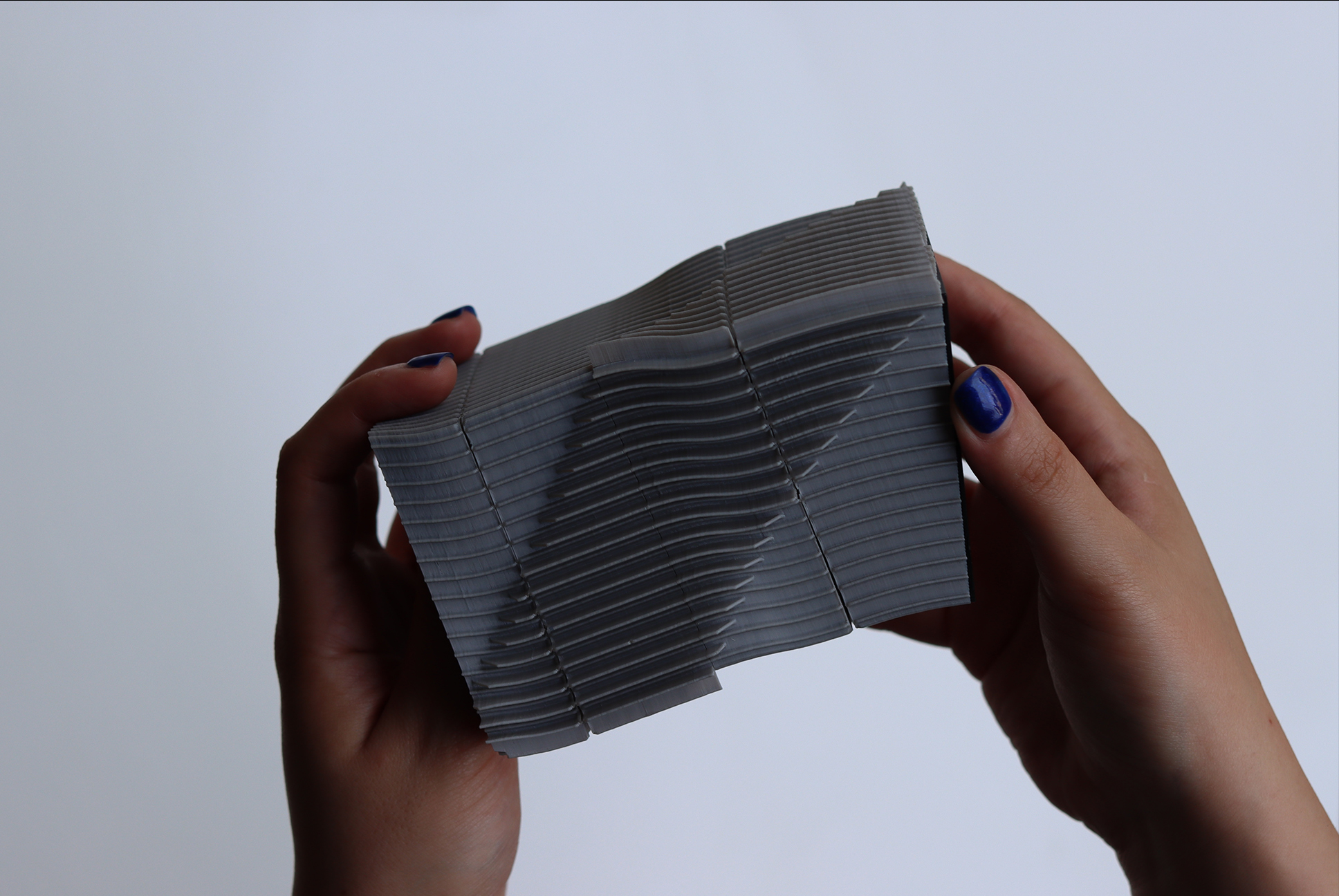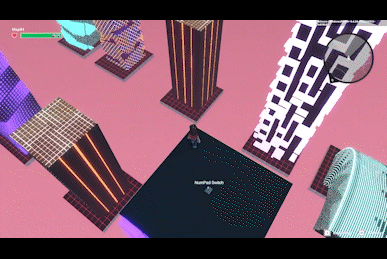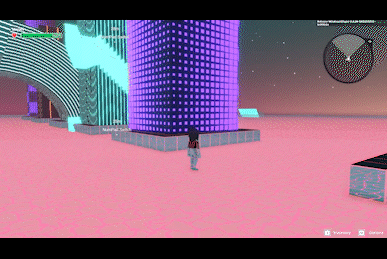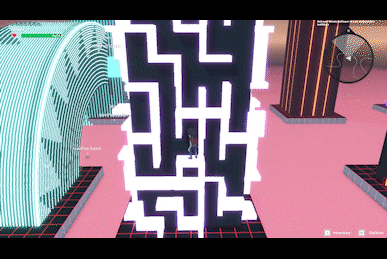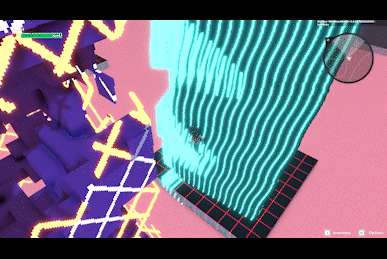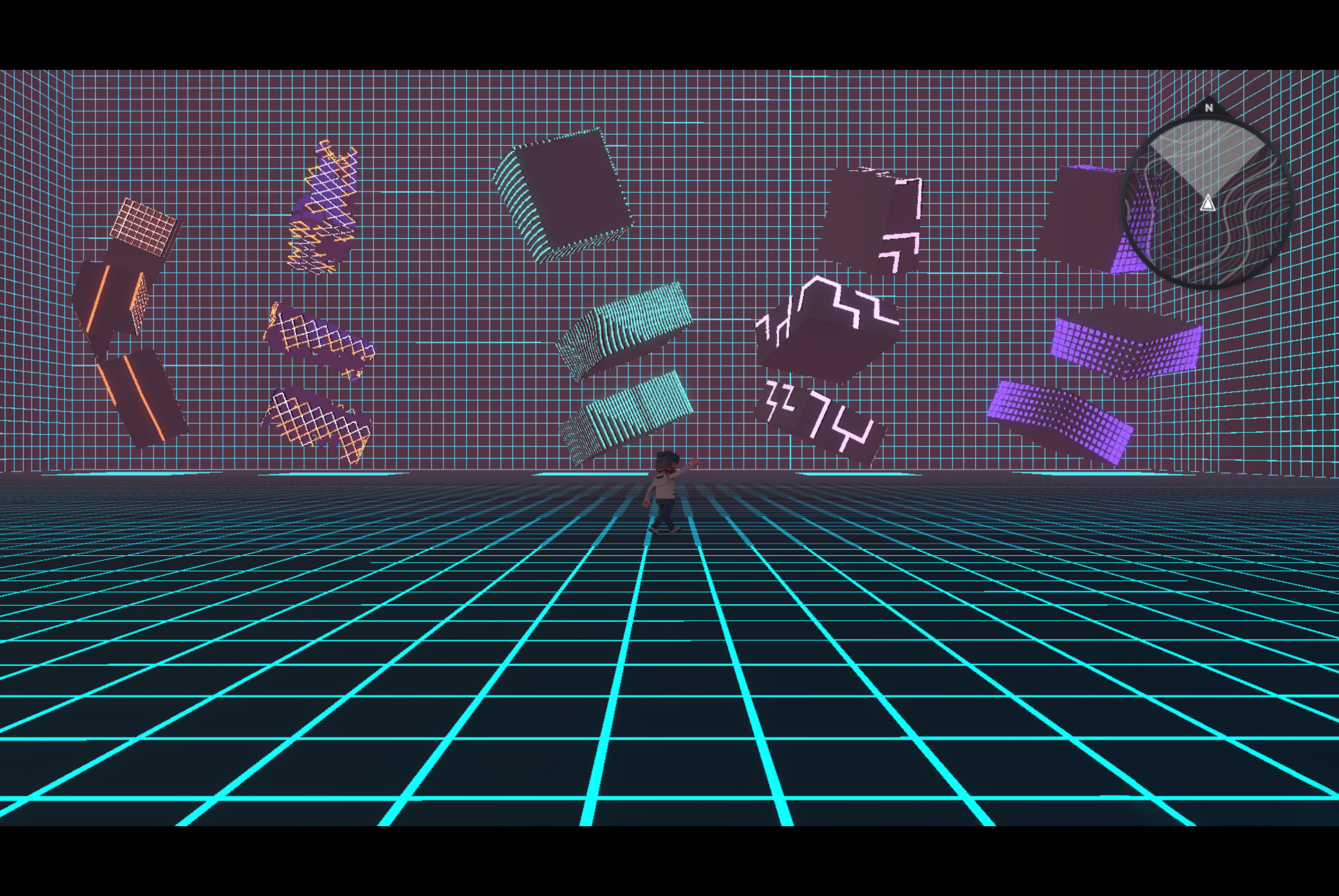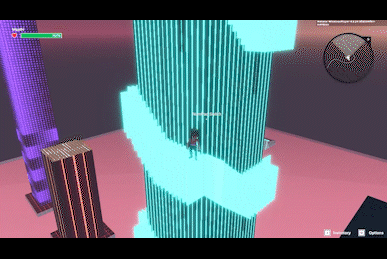TOXIcity
A hybrid physical–digital fabrication system that links robotic recycling with a virtual city simulation to expose the material waste behind digital overproduction
TOXIcity is a hybrid physical-digital project framed as a gaming experience that promotes socio-cultural transformation. A robotic system continuously prints, shreds, and recycles plastic components in a closed-loop cycle, highlighting the material footprint behind digital creation. In parallel, a speculative city unfolds in the metaverse—a dystopian mirror shaped by extraction, overproduction, and decay. Through real and virtual feedback loops, TOXIcity links behavior to consequence, exposing the latent toxicity embedded in systems of limitless creation.
TOXIcity explores the contradiction between the immaterial appearance of digital systems and the material realities they depend on. While the metaverse and digital design tools promise infinite creation, they rely on extractive infrastructures, energy consumption, and physical waste. The project addresses this disconnect by building a feedback loop between form, destruction, and reuse—both in the physical world and its virtual counterpart.
Set within the broader context of RoGUILTLESSPLASTIC 2022, the project repositions fabrication as a tool for socio-cultural critique. Its goal is not only to visualize the consequences of overproduction but to let users participate in it through gameplay. The main challenge lies in merging physical processes and narrative fiction into a coherent system—where real material cycles drive the logic of a speculative digital environment, and vice versa.
TOXIcity operates as a closed-loop system where a robotic arm 3D-prints thermoplastic components, which are then shredded and reprocessed into filament. This cycle of creation and destruction foregrounds the material footprint of digital production and questions permanence in architectural form-making.
The physical system is paired with a speculative environment in the metaverse. Here, users construct virtual towers using a modular NFT library made up of three building blocks and a texture system offering up to 64 combinations. Despite the limited components, the setup encourages complex spatial assemblies, highlighting how constraint can still yield variety—mirroring the limitations of real-world material reuse.
Augmented reality overlays display ghosted remnants of previous print cycles within the installation, creating a layered reading of time and resource use. The physical and virtual systems are linked through shared logic: entropy, repetition, and transformation. Together, they form a spatial narrative where production, waste, and behavior are visibly connected.
Printing and assembly The system maintained a functional loop of 3D printing, shredding, and recycling, demonstrating real-time material reuse. The metaverse environment evolved in parallel, visually reflecting the consequences of physical overproduction. Users engaged both layers of the project, experiencing the feedback between form, waste, and narrative collapse.
space
MATERIALS
Thermoplastics | Metaverse
PROCESSES
DESIGNS
Fused Deposition Modeling | Virtual Reality | Metaverse
Layering | Adaptive Voxel Sizing
space
ROLES
.
STAKEHOLDERS
LOCATION
.
YEAR
2022
space
